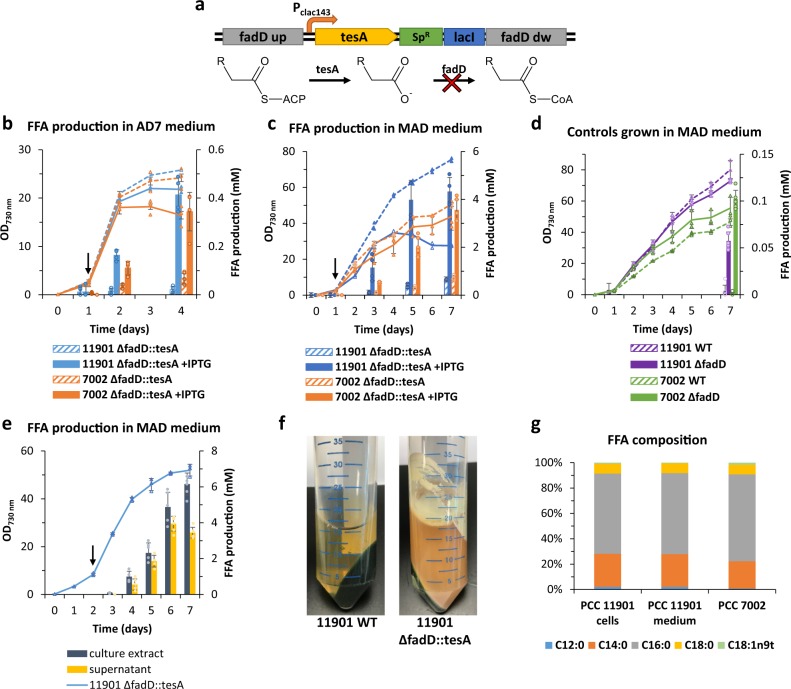Fig. 8. FFA production in engineered Synechococcus sp. PCC 11901 and 7002 strains.
a Schematic illustration of FFA production pathway. The truncated acyl-CoA thioesterase gene (‘tesA), under control of Pclac143 inducible promoter, was inserted into the chromosome with simultaneous knockout of the endogenous long-chain-fatty-acid--CoA ligase (fadD). ‘TesA converts fatty acyl-ACP to free fatty acid and its reconversion to fatty acyl-CoA is negated by knocking out the endogenous fadD. Comparison of the growth and FFA productivity of the engineered Synechococcus sp. PCC 11901 and PCC 7002 strains using regular AD7 (b) and MAD (c) medium. Filled and dashed lines indicate growth (OD730 measurements) of the induced and non-induced cultures respectively, while the column bars correspond to the FFA production. Arrows indicate addition of IPTG inducer and light intensity increase. d Comparison of growth and FFA production by the WT (dashed lines and columns) and ΔfadD knockout control (filled lines and columns) strains. e Analysis of FFA production by the engineered PCC 11901 strain induced at OD730 ≈ 8. FFA were extracted either directly from the culture or from the medium supernatant. For OD730 measurements data points with error bars represent mean of n = 3 biological replicates ±standard deviation (for PCC 11901 ΔfadD::tesA strain n = 2 in panels b and c and n = 3 in panel e). FFA concentration as mean of n = 6 replicates (three biological and two technical) ±standard deviation (for 11901 ΔfadD::tesA strain n = 4 in panels b and c and n = 6 in panel e). f Detail of WT and engineered PCC 11901 strain cultures centrifuged after 7 days of cultivation. g Lipidomic profiles of the FFA from PCC 11901 and PCC 7002 FFA producer strains: C12:0 (lauric acid), C14:0 (myristic acid), C16:0 (palmitic acid), C18:0 (stearic acid) and C18:1n9t (elaidic acid).

